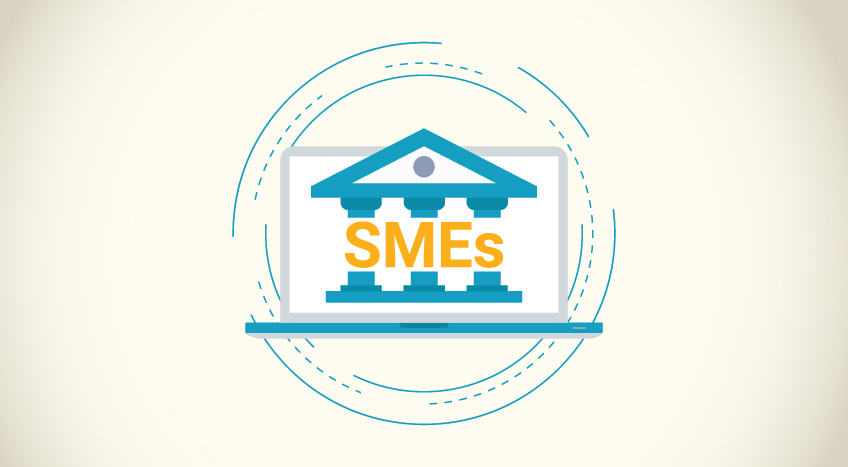- What is payroll tax?
- Who really pays payroll taxes?
- Payroll taxes vs income taxes
- Medicare payroll tax
- What are unemployment taxes?
What is payroll tax?
A payroll tax is levied on salaries, tips, and wages of employees. The employer withholds a certain portion of the employee’s pay and then pays it to the government or the Internal Revenue Service (IRS) on behalf of their employee in the US. Payroll tax is meant to be split between employers and employees. 7.65 percent is remitted by employers and 7.65 percent is withheld from employees’ wages and salaries. Federal payroll taxes are used to finance specific social insurance programs in the US, namely Medicare and Social Security. Local governments can collect payroll taxes for immediate improvements in infrastructure and other vital areas such as emergency services.
Payroll taxes make up 23.05 percent of state, federal, and local government revenue. They are the second-largest revenue contributors to the government. The 12.4 percent tax fund is for Social Security, while the 2.9 percent tax fund is for Medicare on your pay slip or FICA and Med FICA respectively. These are taxes being deducted from your paycheck to fund Social Security and Medicare. In combination, these taxes come to 15.3 percent tax. This is why 7.65 percent is withheld from employee wages while employers remit the other 7.65 percent.
6.2 percent is deducted for Social Security, while the remaining 1.45 percent is deducted for Medicare from your paycheck. The total is 7.65 percent. In 2021, this deduction took place for employees with a maximum salary of $142,800 and in 2022, this deduction is taking place for those with a maximum salary of $147,000. Employees who earn more than $200,000 or $250,000 for joint-filing married couples need to pay an additional 0.9 percent for Medicare starting from 2021.
SE tax or self-employment tax is for those who are self-employed. It is a social security and Medicare tax that self-employment individuals must pay to the government authorities. As self-employed individuals are working by themselves, they must be the ones paying to the concerned authorities because they don’t have employers who can withhold tax on their behalf.
Who really pays payroll taxes?
A large portion of payroll tax is paid by the employee rather than the tax burden is shared equally between the employee and employer. The reason for this is markets determine tax incidence and not the law. While person A pays the tax, person B is the one with the tax incidence, meaning the person paying the tax is often not the one who is dealing with the tax burden. The market dictates how the tax burden is balanced between sellers and buyers. It bases the tax burden decision on whether sellers react more to price changes or the buyers.
Demand for labor is highly sensitive when it comes to taxes in comparison to the supply of labor. When people are looking for jobs, they are not over-sensitive about wages and salaries because their primary concern is to get a job. On the other hand, employers are careful when hiring workers because they want to get the best people at the lowest wages acceptable to them. Employers have less tax burden than employees. This is because while employers send tax due from their side to the authorities, they cut employee wages. Employees start off with less and they then go on to pay taxes. The tax burden is mostly on them.
Payroll taxes vs Income taxes
The major differences between payroll taxes and income taxes are as below:
|
Payroll Tax |
Income Tax |
|
Payroll tax is a portion of the salary that is not given to the employee but directly to the government. The tax collected from the employer is paid to the government on the employee’s behalf. The payroll tax, by definition, puts the tax burden on the employee and the employer. |
Income tax is imposed by the government and is based on income earned by individuals and businesses. It takes into account the various revenue streams of an individual instead of just the salary. An income tax return must be filed yearly. |
|
Payroll taxes are used for specific programs such as Medicare and Social Security, so the employee knows how the taxes are being used. Although the usage is not transparent, the employees and employers are aware of how the taxes are being used. |
Income taxes are used for a variety of purposes and the funds from these taxes goes to a general fund of the government. There is more ambiguity in comparison to payroll taxes as the income taxes collected can be used for any purpose that the government deems fit but mainly for public services. |
|
Payroll tax is a regressive tax as the tax is higher for low-income workers compared to high-income workers. A low-wage worker is essentially paying the same payroll tax as a high-salaried employee, thereby pushing the tax burden on the low-income earners because the tax is of a higher percentage. |
Income tax is a progressive tax as it requires high-earning individuals to pay more than low-wage earning people. Income tax achieves this by defining tax brackets whereby a certain earning pays a specific amount. |
Medicare payroll tax
Medicare payroll taxes or the Medicare tax is sent directly to fund Medicare. When the funds reach Medicare, they are divided and sent to two trust funds: the Supplementary Medical Insurance Trust Fund (Medicare Part B and D) and the Hospital Insurance Trust Fund (Medicate Part A). Medicare tax is calculated as a percentage of the employee wages. If employers do not withhold proper Medicare taxes from their employee's paycheck, penalties will be levied on them. A wage base limit does not exist for Medicare tax and so it is deducted irrespective of wage.
Medicare Part A: Medicare Part A is funded by The Hospital Insurance Trust Fund. Costs such as inpatient care, home care, nursing care, and hospital care are covered in Medicare Part A. As most employees pay payroll taxes, they generally don’t pay a premium for this. The deductible for Medicare Part A is $1,484 in 2021 and $1,556 in 2022.
Medicare Parts B and D: Medicare Parts B and D are funded by The Supplementary Medical Insurance Trust Fund. This portion of the Medicare tax also covers administration costs. Medicare Part B includes outpatient care, lab tests, screenings, ambulance services, and x-rays while Medicare Part D covers prescription drugs. Medicare Part B deductible rose by $30 from 2021 as it is now $233 in 2022. Medicare Part D premium is $33 per month in 2022.
Additional Medicare tax: Those people who earned a high income were mandated by the US government to pay additional Medicare tax. This was after the Affordable Care Act (ACA) bill was passed. The tax is applied to those who earn from self-employment, those who earn from railroad retirement compensation, and wages. A threshold has been defined by the government. People who earn more than the threshold will have a portion of their wages withheld by their employers for the additional Medicare tax. Employers are not required to contribute to the additional Medicare tax, but they must pay other taxes.
What are unemployment taxes?
The Federal Unemployment Tax Act or FUTA states that this unemployment tax must be paid only by employers. Employers must report these separately from the payroll tax and they must contribute using their own funds. Employers cannot withhold this tax amount from their employees’ paycheck because the tax is not for the employees to pay. But in some US states, employees are required to contribute towards disability and unemployment insurance. A set rate of unemployment insurance does not exist. The rate of insurance depends on the state, industry, and the associated federal fees.
State unemployment tax or SUTA tax is the other type of unemployment tax. The state you reside in collects this unemployment tax. Unemployed people are paid unemployment insurance by the state from these funds when they lose their jobs.
Read More:










